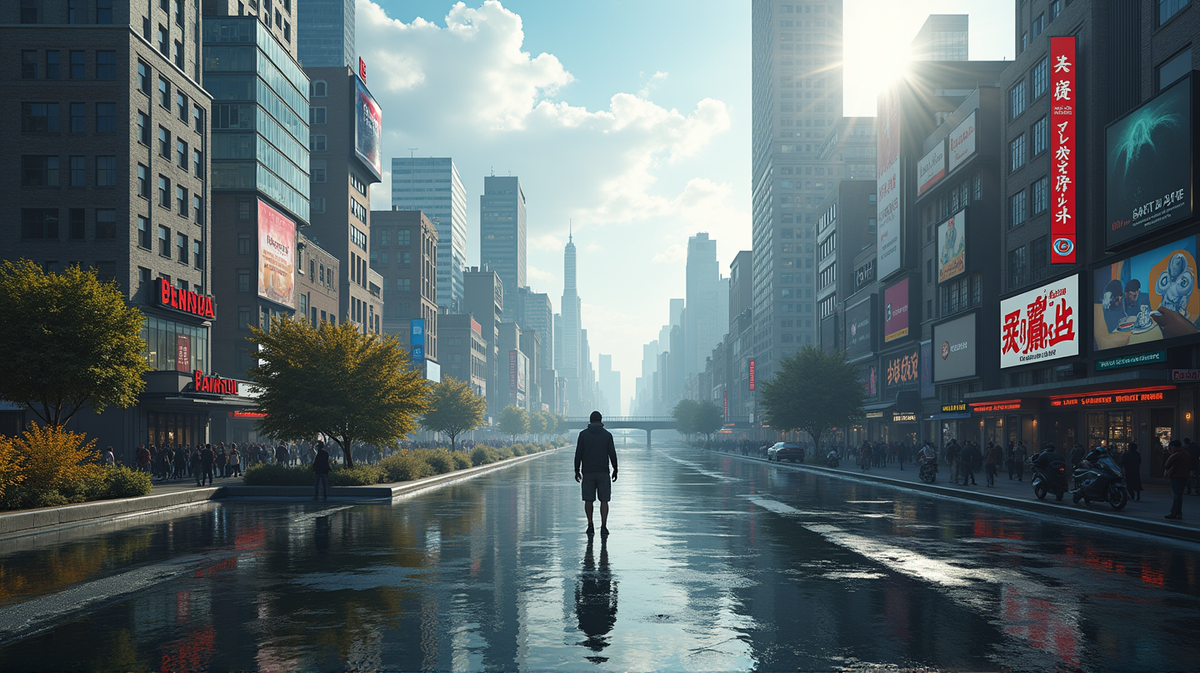Unveiling Real Cities Through the Lens of Video Games!
Explore how video games' virtual worlds interpret real urban elements and may reshape real-world understanding and city design.

Video games have become a remarkable tool for visualizing and reimagining our urban environments. Through their immersive experiences, these games offer players a unique perspective on real-world cities, allowing them to see these urban masses through a digital lens. But what exactly are we discovering through these vivid virtual constructs?
Virtual Worlds Crafted from Reality
The meticulous work behind video game design often stems from real-life inspirations. Game developers incorporate architectural elements, urban planning concepts, and cultural symbols from cities worldwide to create relatable yet magical settings. This careful blend results in virtual cities that evoke emotions and nostalgia, providing players the chance to revisit familiar landscapes transformed into captivating digital experiences.
Reshaping Urban Understanding
Video games do more than entertain — they provide insight into how cities function. By interacting with these virtual worlds, players gain an understanding of urban layouts, infrastructure, and public spaces. Games often emphasize citizen interaction, highlighting sociocultural aspects that remind us of the dynamic nature of real cities. This digital exercise in urban exploration enables players not only to navigate virtual settings but potentially influence how they perceive and experience real ones.
Influencing Future Urban Design
The translation of real-life urban elements into embellishing video game worlds sheds light on potential new directions in city design. Such games can spark discussions regarding sustainable urban planning and architectural innovation. As developers imaginatively interpret city aesthetics, they challenge traditional views, encouraging architects and planners to consider novel design concepts inspired by these virtual cities.
Bridging Reality and Imagination
The enthralling beauty of these games lies in their ability to bridge the gap between reality and imagination. They offer a platform to visualize not only existing cityscapes but also future possibilities. The creative emulation in games shows how cities could evolve, providing designers with fresh perspectives to tackle current urban challenges.
According to Nature, the influence of video games on our perception of urban environments extends beyond the gaming community, garnering attention from educators and city planners alike. As these digital realms continue to grow, their role in shaping our understanding and designing the contours of real cities becomes increasingly significant.
Explore how video gaming is not just an escapist pastime but a beacon of possibility for real-world changes rooted in the landscapes we thought we knew well.





